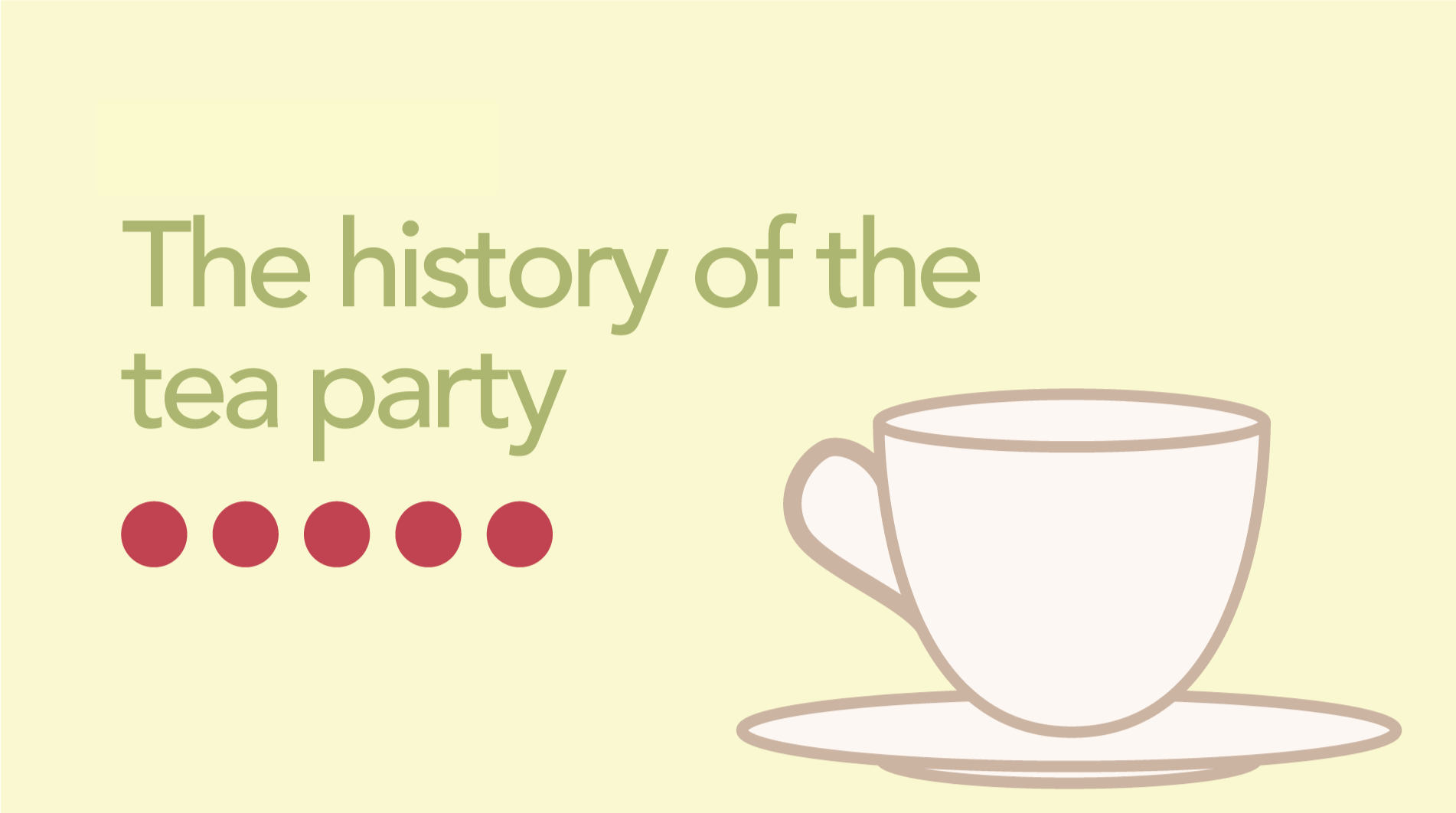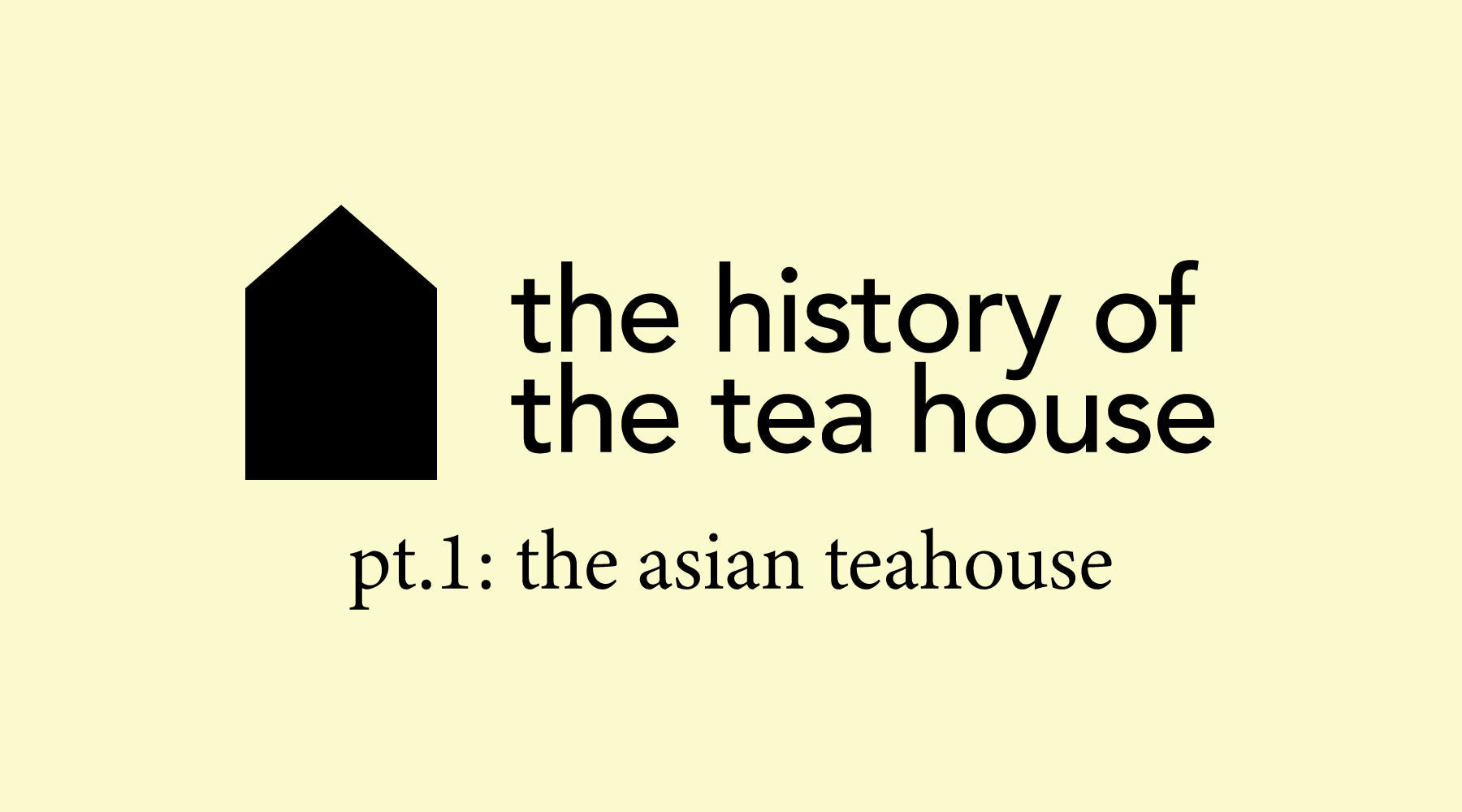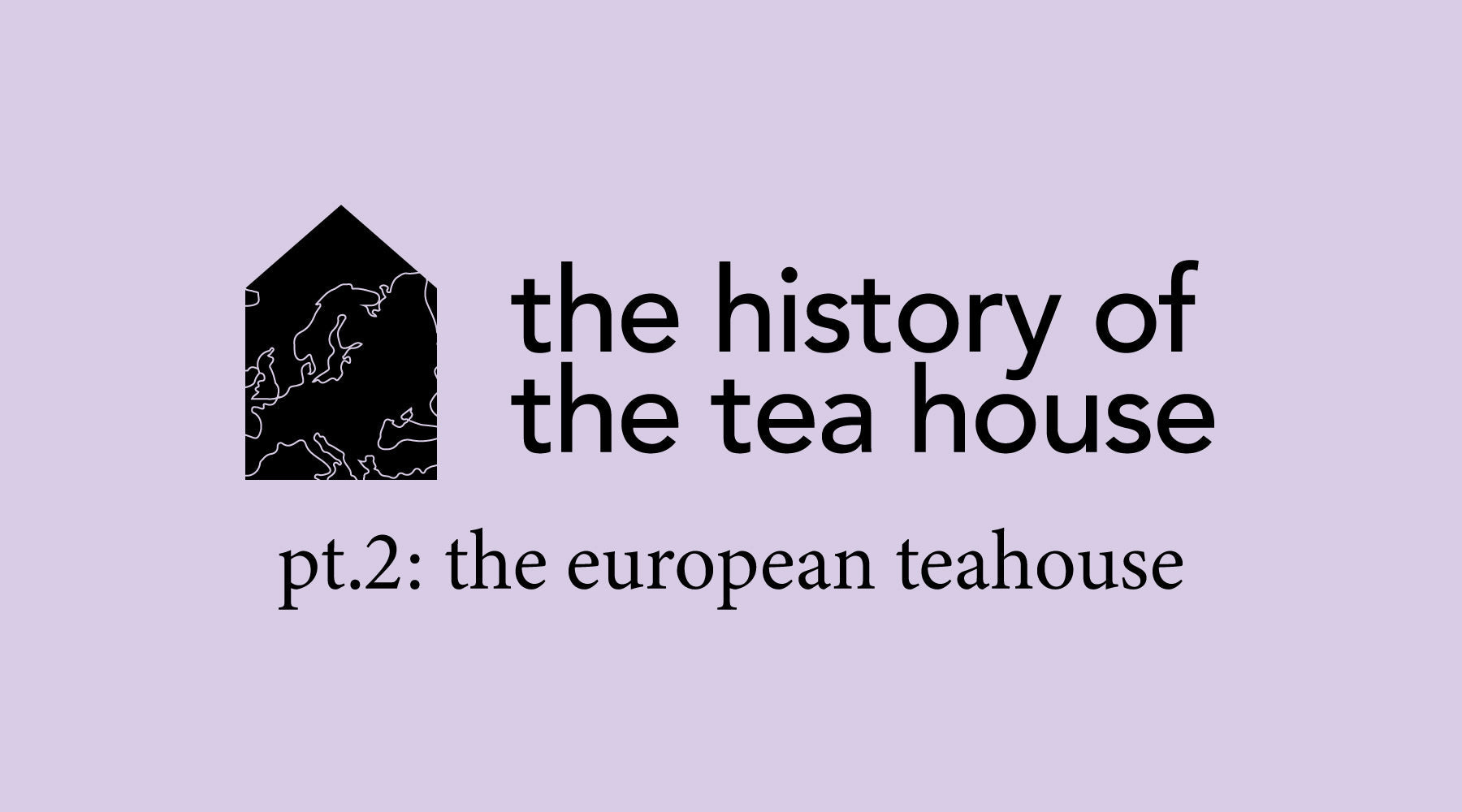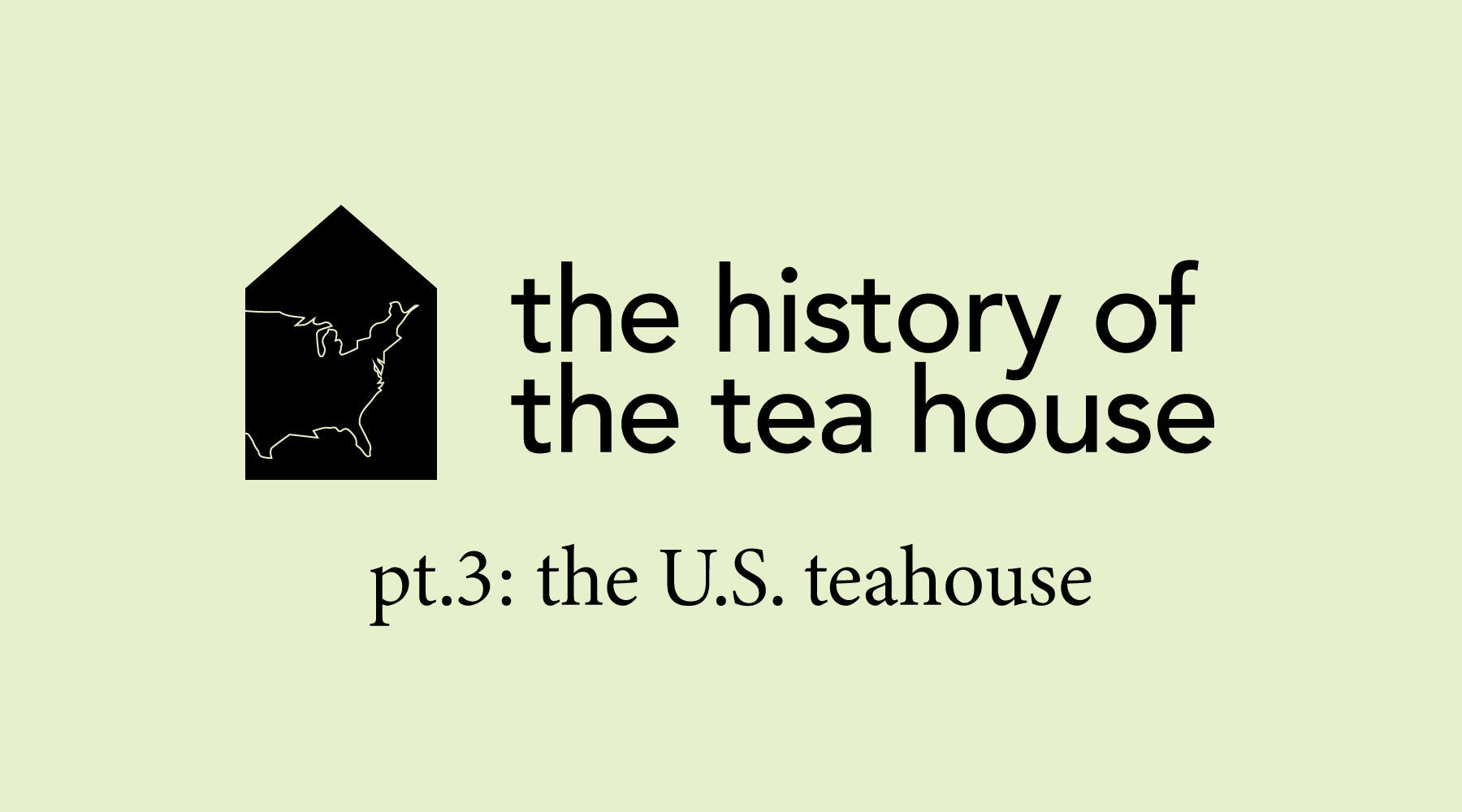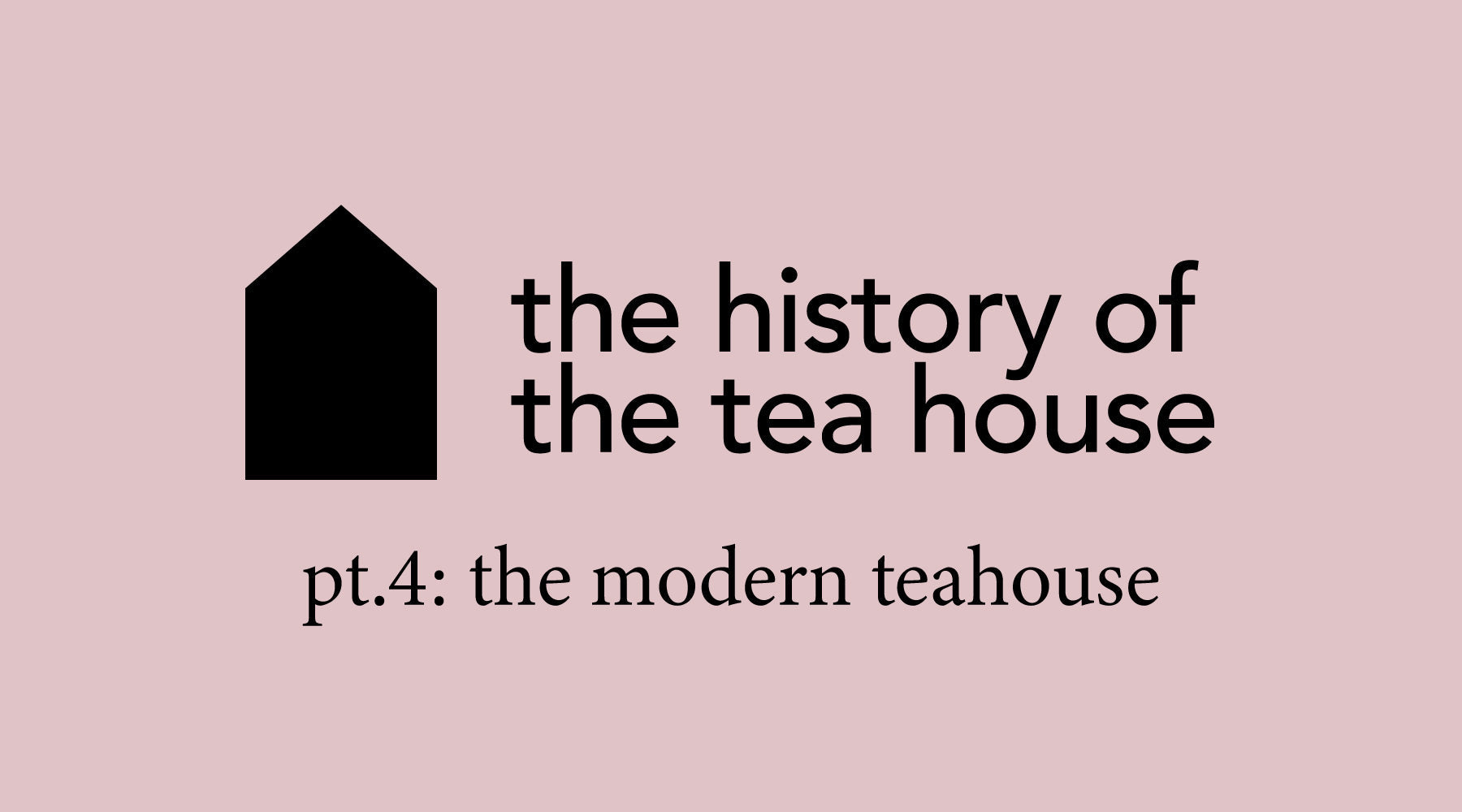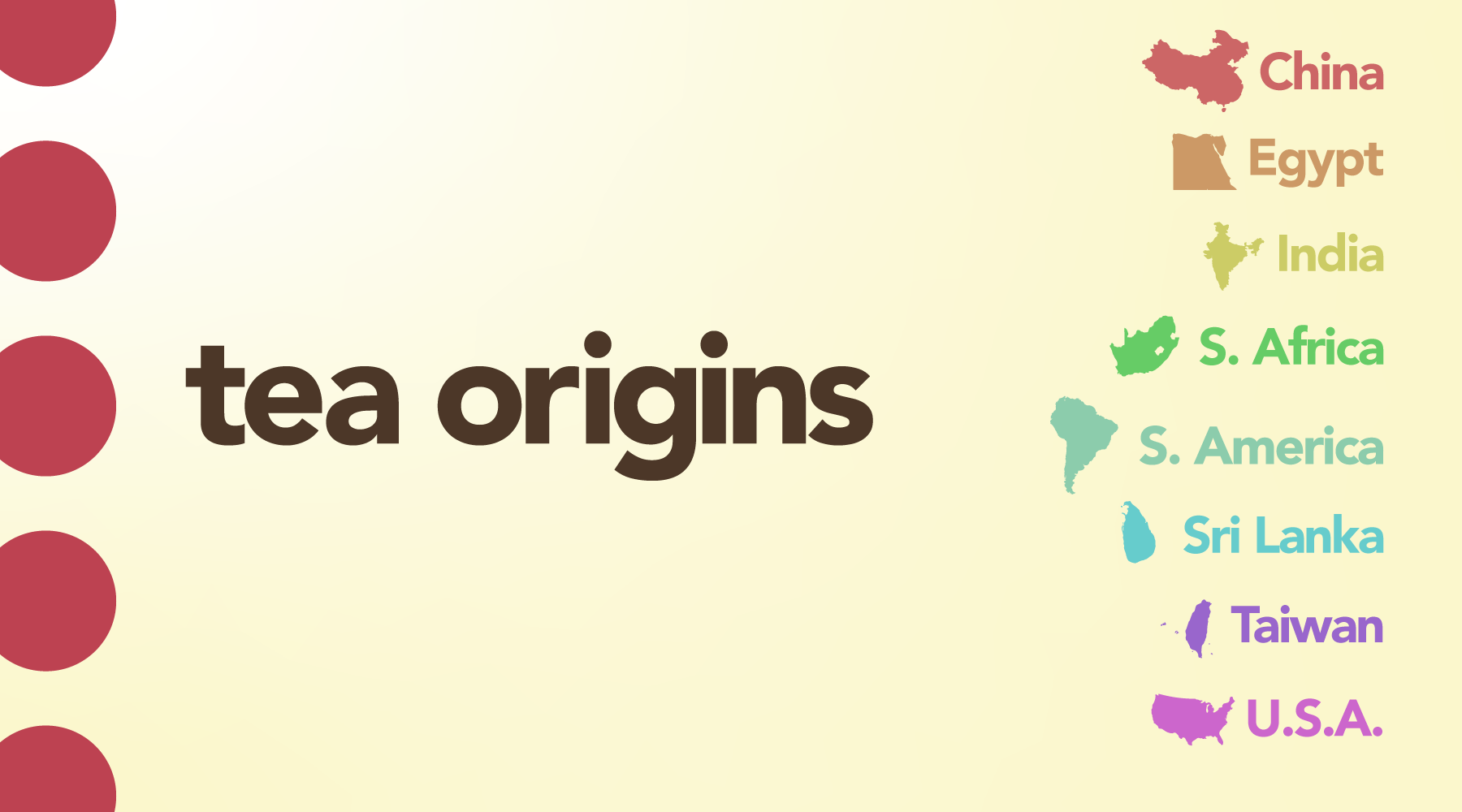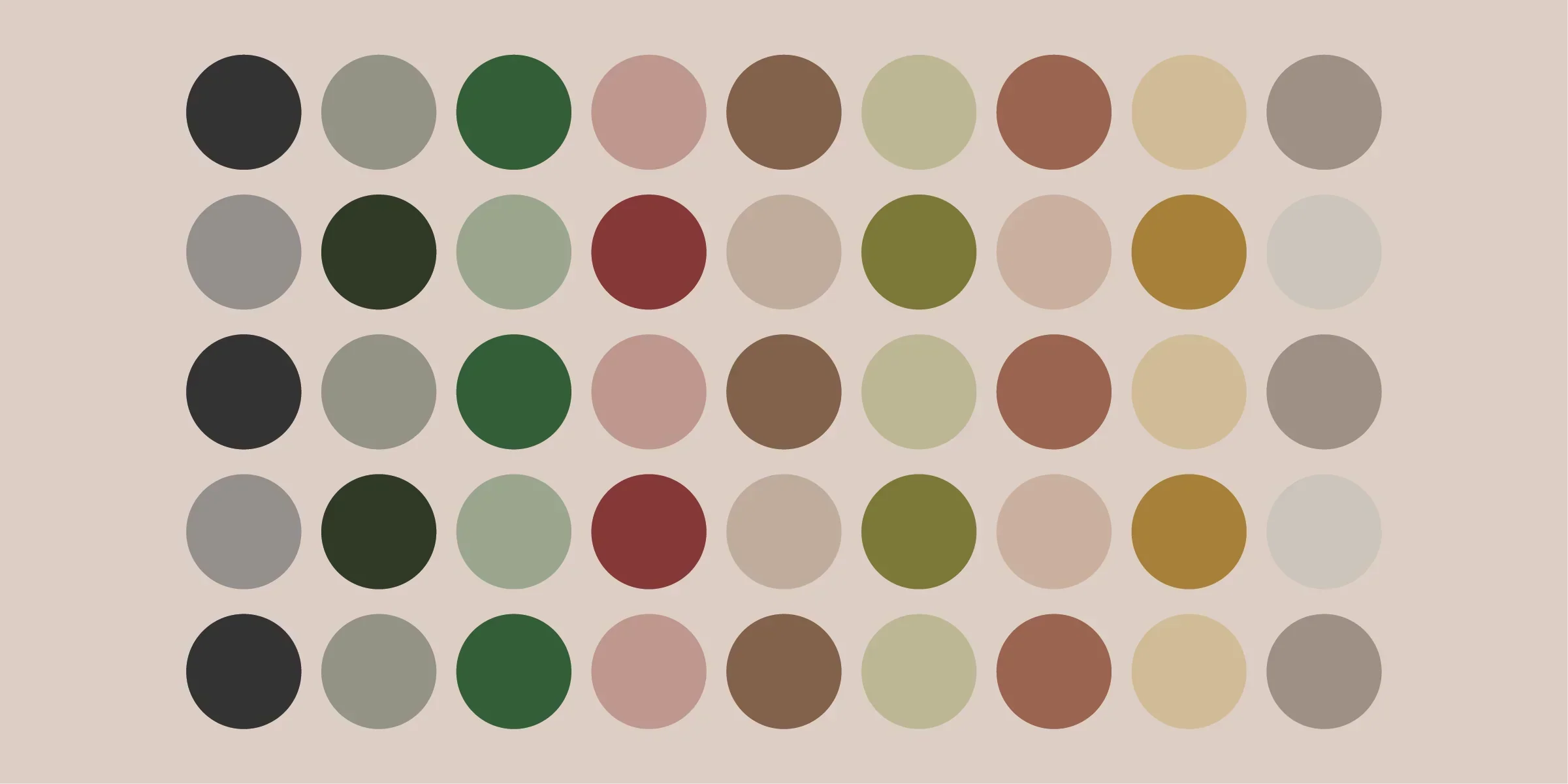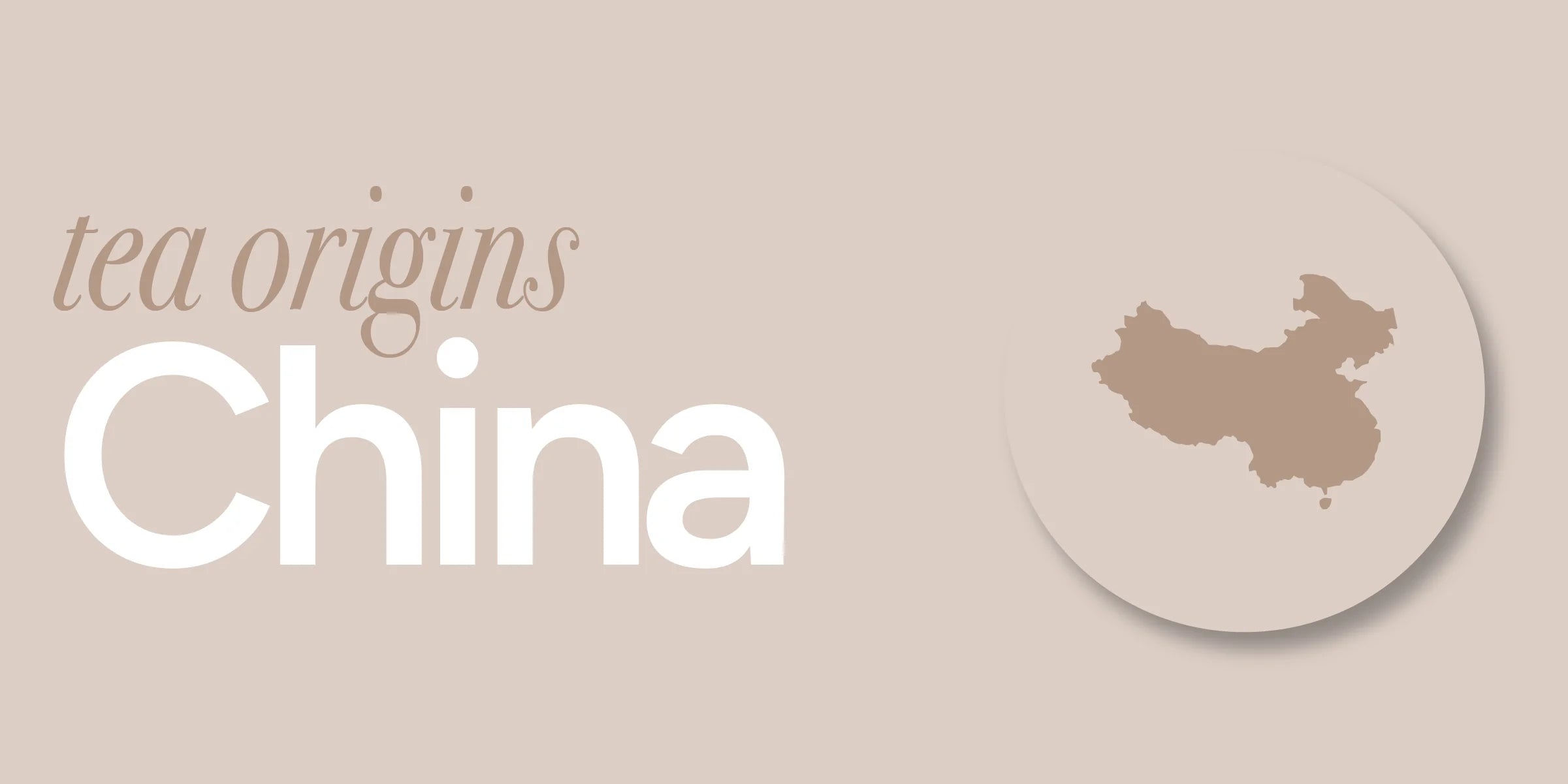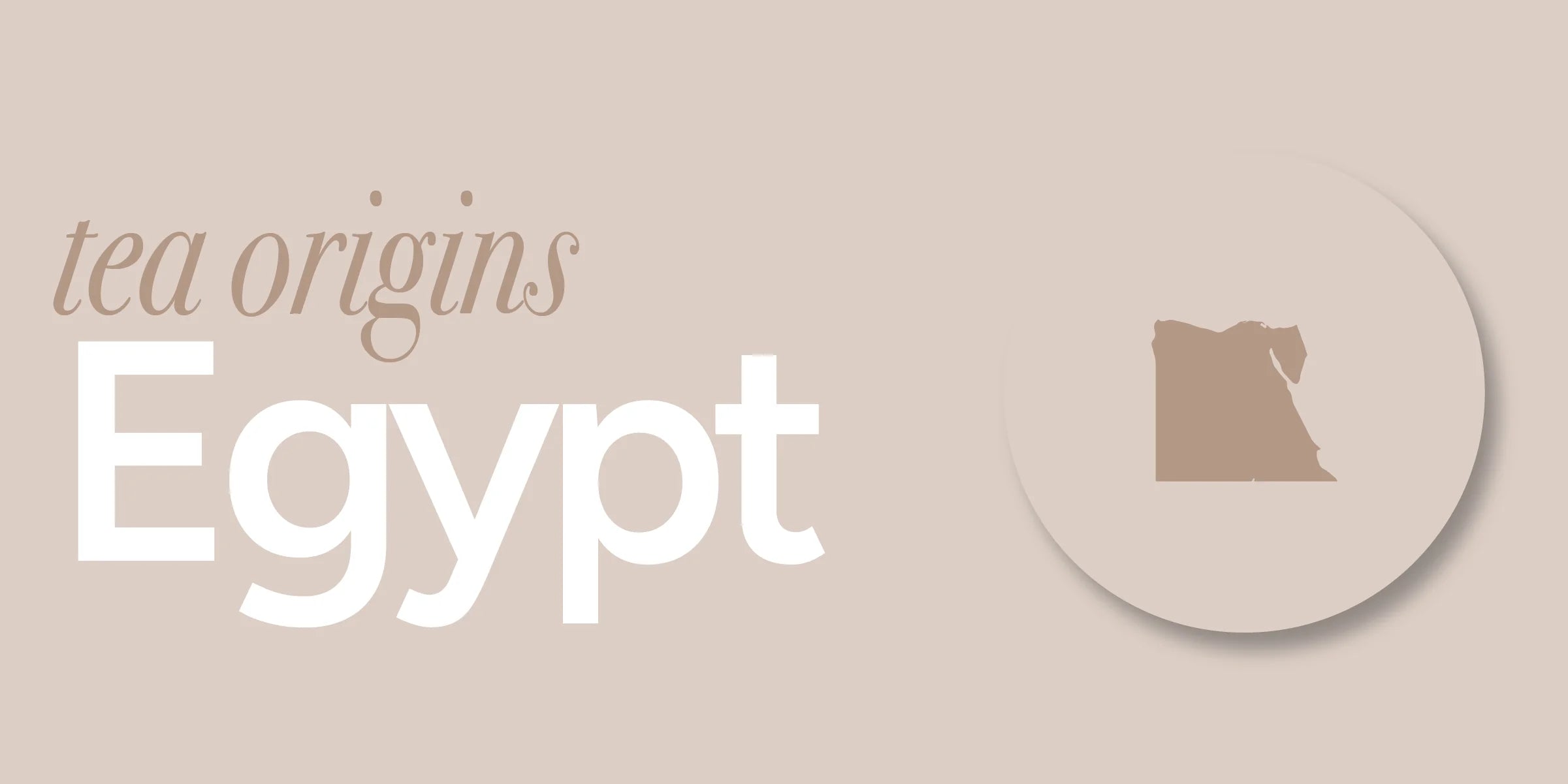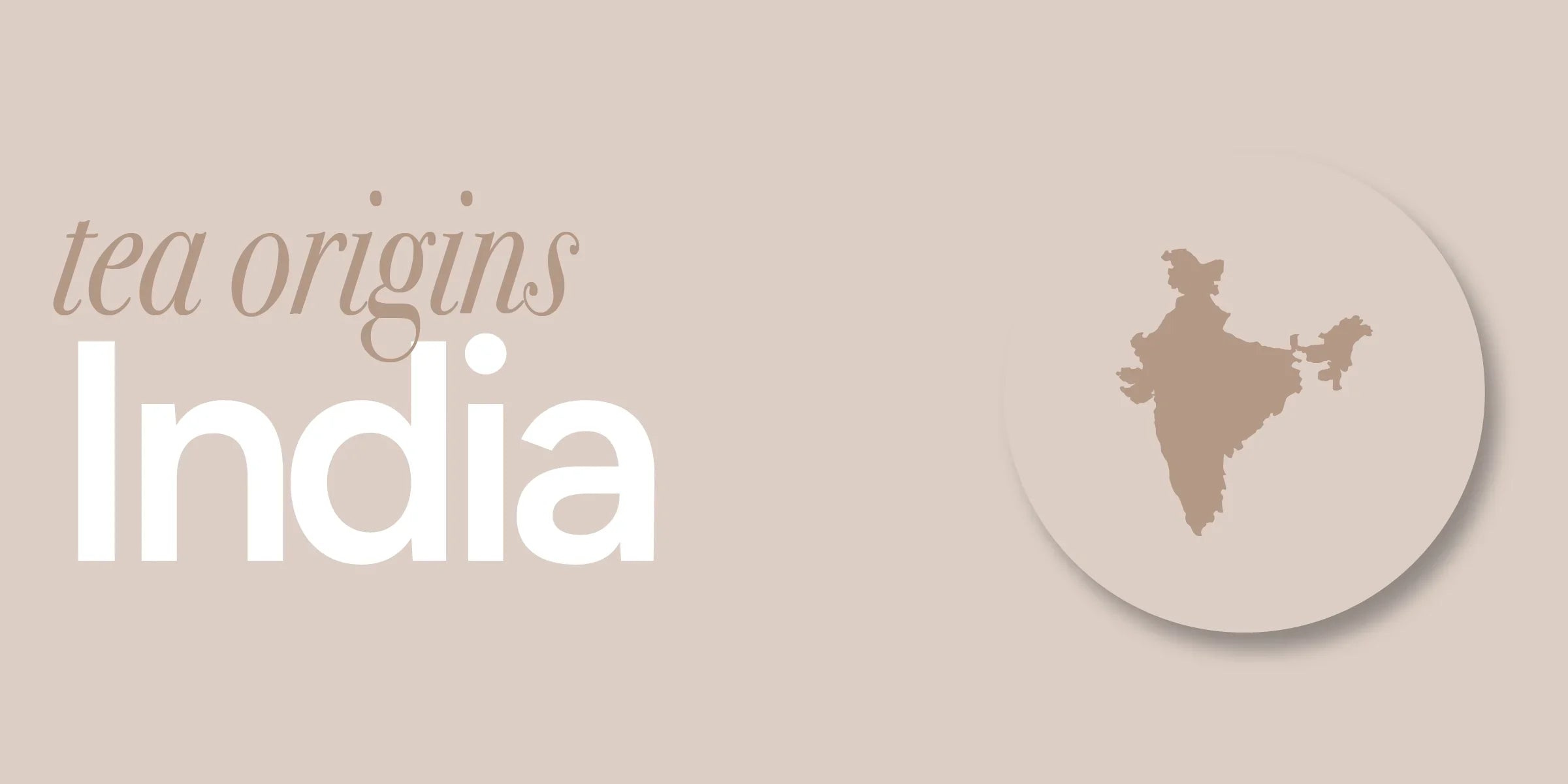Tea is such an integral part of the culture in England that you would think drinking tea socially while gathering with friends must have originated there. Where else do you find a culture where you know what time it is because it’s related to tea time? But the first country to bring tea to Europe was not The British but Portugal.
Portugal made the first contact with the Chinese and would return home with an enjoyable bitter and red-colored medicinal drink called “Cha.” Interaction between Portugal and the Chinese dates back to 1516, and Europe’s introduction to tea would be in 1569. Portugal was actively involved in interactions with Asian countries. So, in 1662 when Catherine of Braganza of Portugal married Charles II, it’s no surprise that she would bring some tea traditions with her to the Royal house for the first time. Portugal would lose the ability to trade, so the Dutch and British continued to trade with the East India Tea Company. Tea was introduced to France in 1635 and Germany in 1650. They also began to add sugar to tea. Even though teahouses may exist throughout Europe, England is the only country where they took root. So much so that it’s now an integral part of their life and culture.
Coffeehouses also had a hand in creating a market for tea and providing it to people. One of the first coffeehouse merchants to offer tea was Thomas Garway, who owned an establishment in Exchange Alley. He sold brewed and dry tea to the public as early as 1657. As tea grew in popularity, tea began to outpace coffee, and by 1700 over 500 coffeehouses sold tea.
The British Tea Room
London’s Aerated Bread Company is a female manager for creating the bakery’s first public tea room. It would become so popular that it became a thriving chain and offered opportunities for women in the Victorian period. Today, a tea room is a small room or restaurant where beverages, including tea and light meals, are offered. Depending on the kind of tea, whether afternoon tea or high tea, determines the food served. It’s also common to find tearooms in hotels. Brown’s Hotel has been serving tea for 170 years. You might also be surprised to find a tearoom in a place of business used for relaxation and eating during tea breaks.
Tearooms exist all over the world. And though the French may have tearooms called the Salon de The and may serve pastries much like those in England, you won’t find tea culture ingrained in daily life like you do in England.


